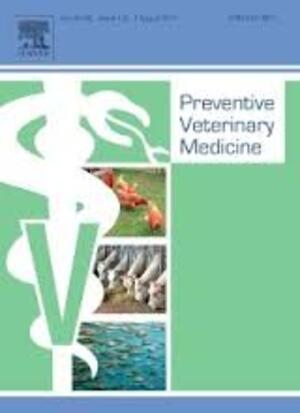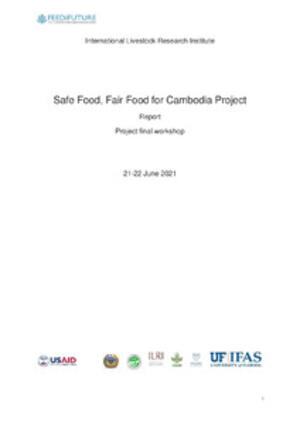
Optimal drug control under risk of drug resistance – The case of African animal trypanosomosis
Abstract
We examine two widely used treatment strategies for African animal trypanosomosis in West Africa: preventive drug control ex-ante trypanosomosis infection and curative drug control ex-post trypanosomosis infection. We investigate which combination of these alternative strategies is economically optimal for cattle farmers. We apply a dynamic optimisation framework to consider both the negative externality of drug resistance development and human behaviour. We develop a bio-economic model to simulate the economic consequences of treatment strategies in a dynamic scenario that takes into account the interactions among the vector, host and livestock farmers. This model allows for the evolution of drug-resistant trypanosomes through trypanocide misuse and simulates the observed behaviours of cattle farmers based on the elicited risk and time preferences of a sample of 202 cattle farmers in Mali and Burkina Faso. The results show that the private optimal mix of treatment strategies for a risk averse and patient farmer involves preventive treatment for susceptible cattle, supported by a small number of curative treatments for infected cattle. Compared with the treatment strategies observed in the field, this optimal mix of treatment strategies would save approximately 5% of the annual income of a livestock farmer in the study area and would reduce the prevalence of trypanosomosis. In addition, we demonstrate that a reduction in a farmer's risk aversion is associated with higher treatment rates that can avoid additional losses. By contrast, a decrease in a farmer's patience is related to lower treatment rates that thwart additional benefits. Our results suggest that individual risk and time preferences need to be considered in the development process of disease control interventions.
Citation
Liebenehm, S., Bett, B., Verdugo, C. and Said, M. 2016. Optimal drug control under risk of drug resistance – The case of African animal trypanosomosis. Journal of Agricultural Economics 67(2):510-533.










